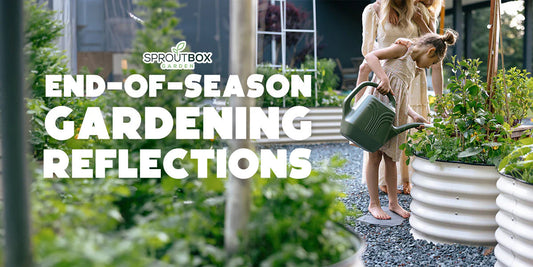Companion Planting 101: Boost Your Garden’s Health and Yield

Are you ready to take your gardening game to the next level? If you’re looking for a way to make your garden healthier and more productive, companion planting might be just what you need.
This gardening technique involves strategically placing plants together to enhance growth, reduce pests, and improve yield. Sounds amazing, right? Let’s dive into the basics of companion planting and show you how it can transform your garden.
What is Companion Planting?
Companion planting is the practice of growing certain plants together that benefit each other in various ways. These benefits can include pest control, improved pollination, better nutrient uptake, and even enhancing the flavor of fruits and vegetables. By understanding which plants work well together, you can create a garden that’s not only beautiful but also incredibly productive.
Benefits of Companion Planting:
1. Natural Pest Control:
Some plants can repel pests that might otherwise feast on their neighbors. For example, marigolds are known to deter nematodes and other harmful insects.
2. Improved Growth:
Certain plant combinations can enhance growth. For instance, beans add nitrogen to the soil, which benefits nitrogen-loving plants like corn.
3. Better Use of Space:
Companion planting allows you to maximize your garden space. Tall plants can provide shade for shorter, shade-loving plants.
4. Enhanced Flavor:
Believe it or not, some plants can improve the flavor of their companions. Basil, for example, is said to enhance the taste of tomatoes.
Basic Plant Pairings to Get You Started:
-
Tomatoes and Basil: Not only does basil enhance the flavor of tomatoes, but it also repels insects like aphids, mosquitoes, and tomato hornworms.
-
Carrots and Onions: Onions can help repel carrot flies, while carrots help break up the soil for onions.
-
Corn and Beans: Beans fix nitrogen in the soil, which corn needs to grow. Corn provides support for the climbing beans.
-
Cucumbers and Radishes: Radishes can deter cucumber beetles and also help loosen the soil.
-
Lettuce and Radishes: Lettuce provides shade for radishes, preventing them from becoming too spicy in hot weather.
-
Peppers and Marigolds: Marigolds deter nematodes and other pests, protecting pepper plants.
How to Get Started with Companion Planting:
1. Plan Your Garden Layout:
Sketch out your garden layout with the plant pairings in mind. Think about how much space each plant needs and how they will fit together.
2. Consider Plant Needs:
Make sure to pair plants with similar water, light, and soil requirements. This ensures that all plants thrive in the same environment.
3. Experiment and Observe:
Gardening is an ongoing learning process. Don’t be afraid to experiment with different plant combinations and observe the results. Take notes on what works well and what doesn’t.
While companion planting offers many benefits, it can also be a bit challenging. Figuring out the best plant pairings and optimal garden layout can be time-consuming. You might find yourself sketching multiple layouts and researching endless plant combinations. But don't worry—having a clear visual plan can make this process much easier and more enjoyable.
Companion planting is a fantastic way to boost your garden’s health and yield. By strategically placing plants together, you can naturally deter pests, improve growth, and even enhance the flavor of your produce. With a little planning and experimentation, you’ll be well on your way to creating a thriving, harmonious garden.
Happy Gardening.



